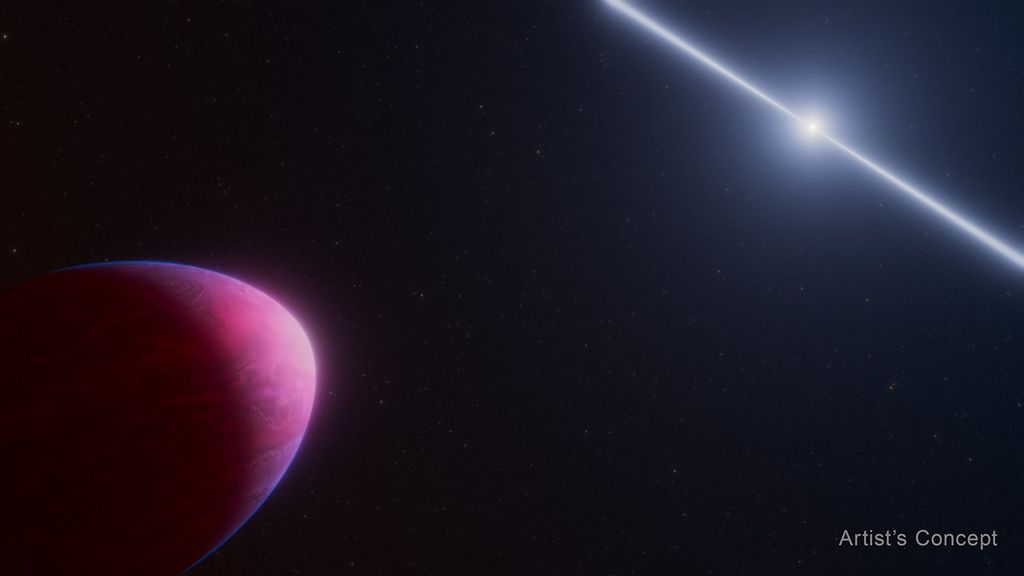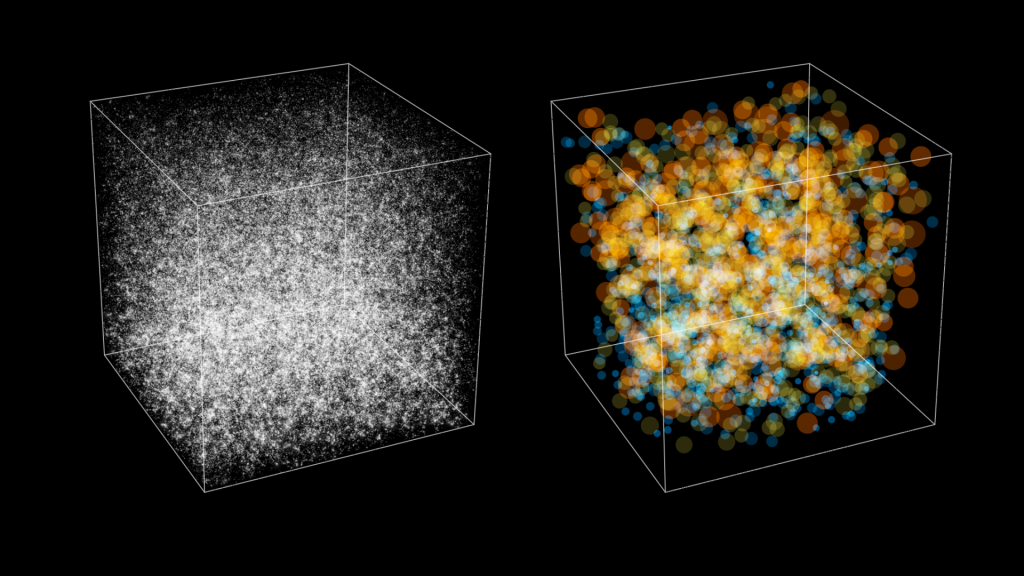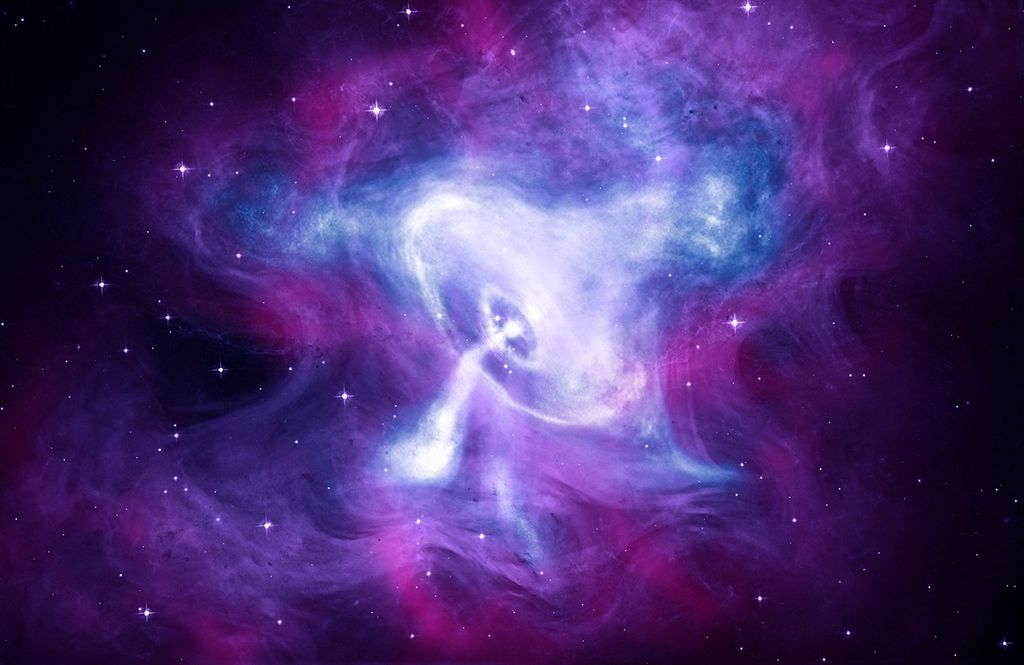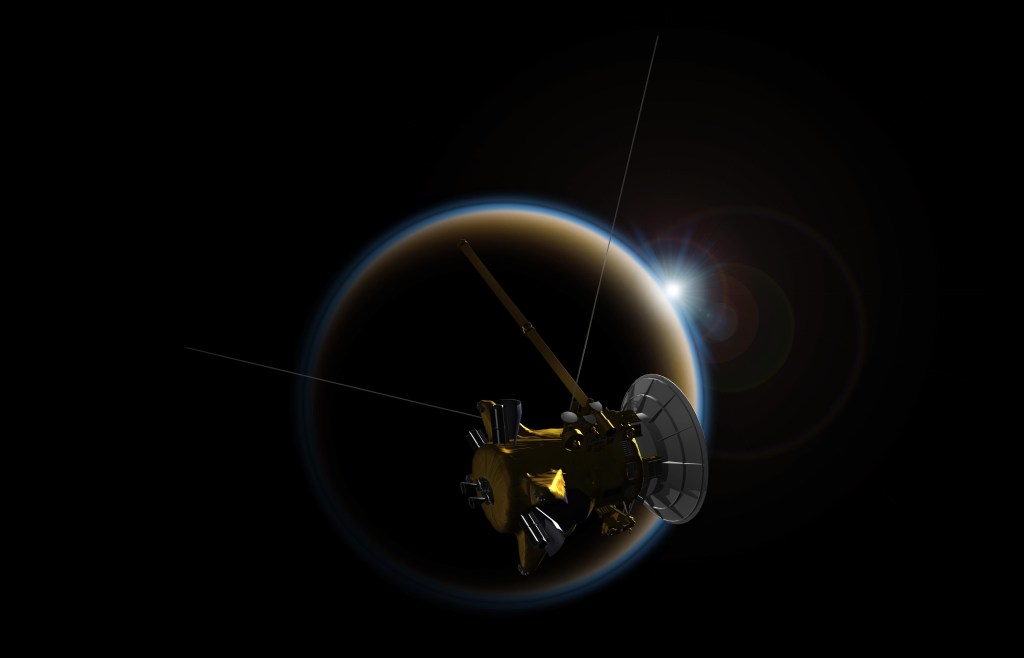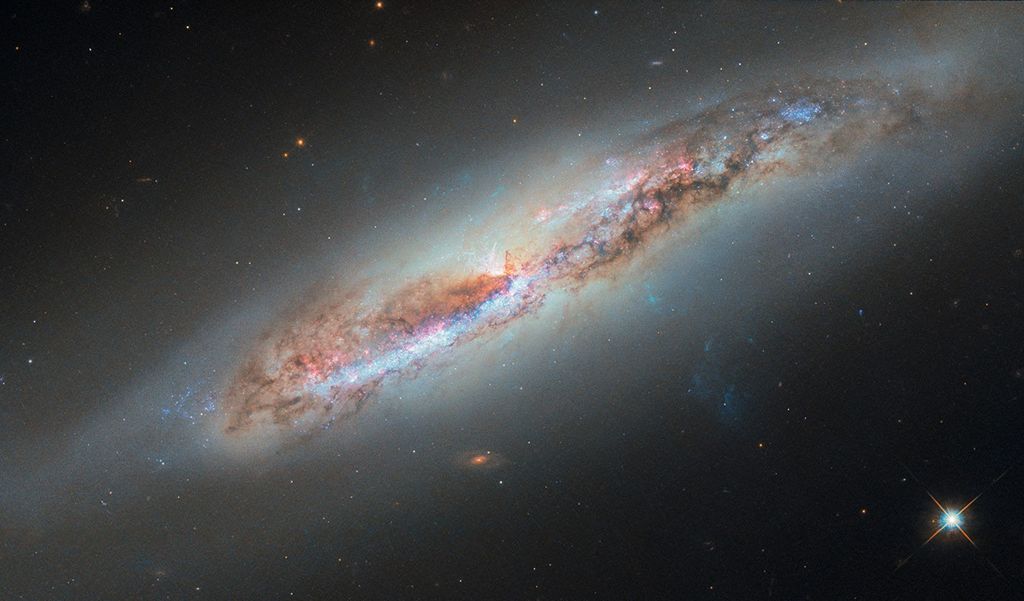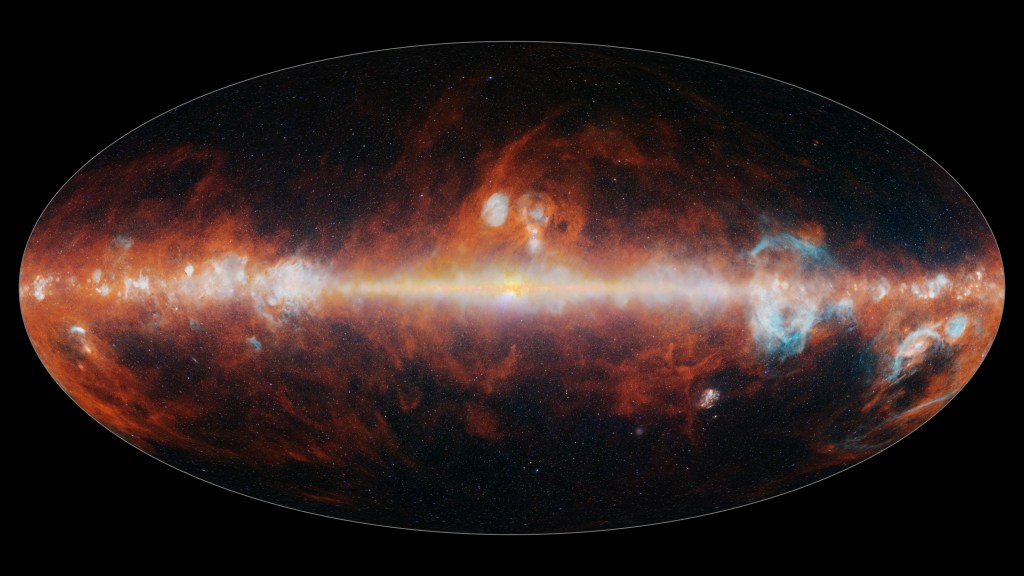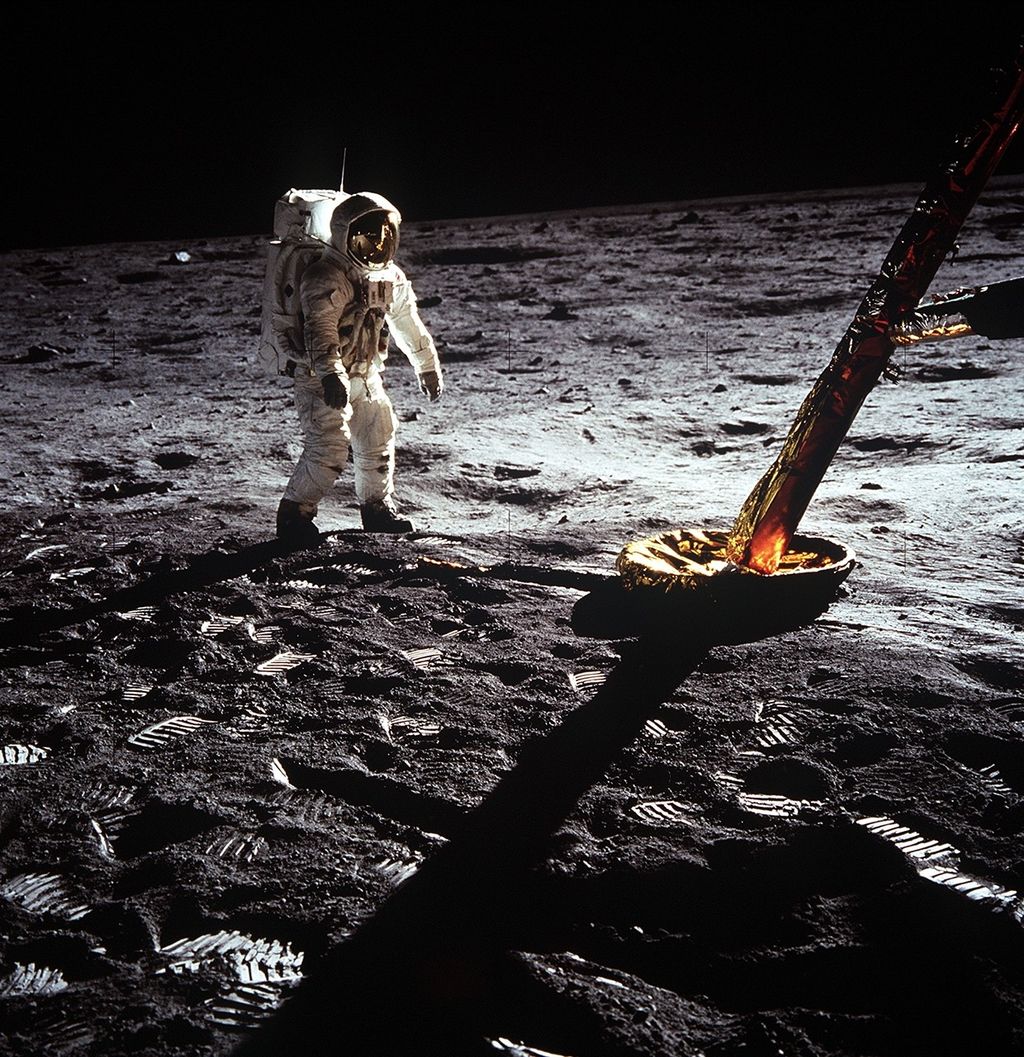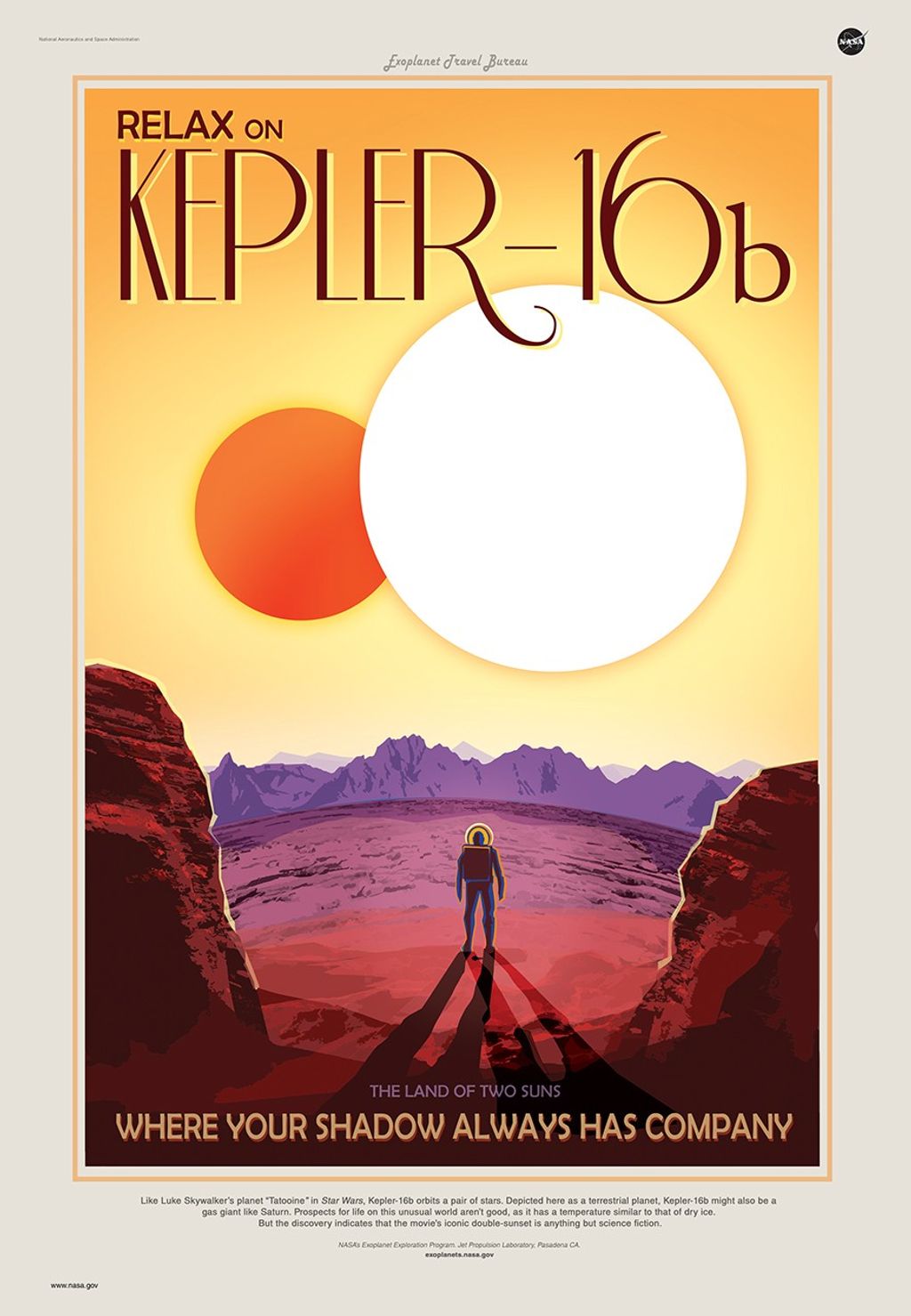1 min read
Artist’s Illustration of WASP-43b (Annotated)

About the Object
- R.A. PositionR.A. PositionRight ascension – analogous to longitude – is one component of an object's position.10h 19m 38s.01
- Dec. PositionDec. PositionDeclination – analogous to latitude – is one component of an object's position.-09° 48' 22".61
- ConstellationConstellationOne of 88 recognized regions of the celestial sphere in which the object appears.Sextans
- DistanceDistanceThe physical distance from Earth to the astronomical object. Distances within our solar system are usually measured in Astronomical Units (AU). Distances between stars are usually measured in light-years. Interstellar distances can also be measured in parsecs.260 light-years (80 parsecs)
About the Data
- Data DescriptionData DescriptionProposal: A description of the observations, their scientific justification, and the links to the data available in the science archive.
Science Team: The astronomers who planned the observations and analyzed the data. "PI" refers to the Principal Investigator.The image was created from Hubble data from the following proposal: 13467 PI: J. Bean (University of Chicago) et al. Members of the science team include: K. Stevenson (University of Chicago), J.-M. Désert (CASA/University of Colorado), M. Line (University of California, Santa Cruz), J. Bean (University of Chicago), J. Fortney (University of California, Santa Cruz), A. Showman and T. Kataria (University of Arizona), L. Kreidberg (University of Chicago), P.R. McCullough (STScI/JHU), G. Henry (Tennessee State University), D. Charbonneau (Harvard University), A. Burrows (Princeton University), S. Seager (MIT), N. Madhusudhan (University of Cambridge, UK), M. Williamson (Tennessee State University), and D. Homeier (CNRS/University of Lyons). - InstrumentInstrumentThe science instrument used to produce the data.HST>WFC3/IR
- Exposure DatesExposure DatesThe date(s) that the telescope made its observations and the total exposure time.November - December, 2013
- FiltersFiltersThe camera filters that were used in the science observations.Grating: G141
- Object NameObject NameA name or catalog number that astronomers use to identify an astronomical object.WASP-43b
- Object DescriptionObject DescriptionThe type of astronomical object.Extrasolar Planet
- Release DateOctober 9, 2014
- Science ReleaseHubble Maps the Temperature and Water Vapor on an Extreme Exoplanet
- Credit
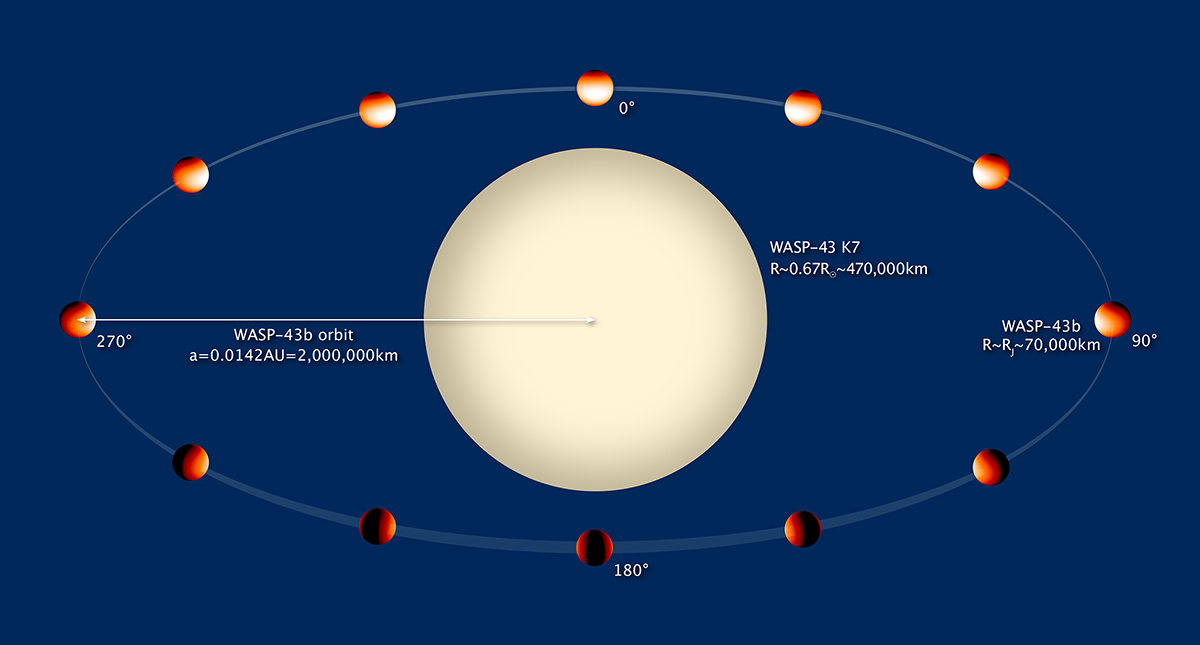
Compass and Scale
Compass and ScaleAn astronomical image with a scale that shows how large an object is on the sky, a compass that shows how the object is oriented on the sky, and the filters with which the image was made.
Related Images & Videos

Global Temperature Map of WASP-43b
This is a temperature map of exoplanet WASP-43b. The gas giant planet orbits very close to its parent star with a period of 19.5 hours. Because the planet keeps one side facing its star, there are huge temperature extremes between the day and night sides. The white-colored...
Share
Details
Last Updated
Aug 17, 2025
Contact
Media
Claire Andreoli
NASA’s Goddard Space Flight Center
Greenbelt, Maryland
claire.andreoli@nasa.gov


